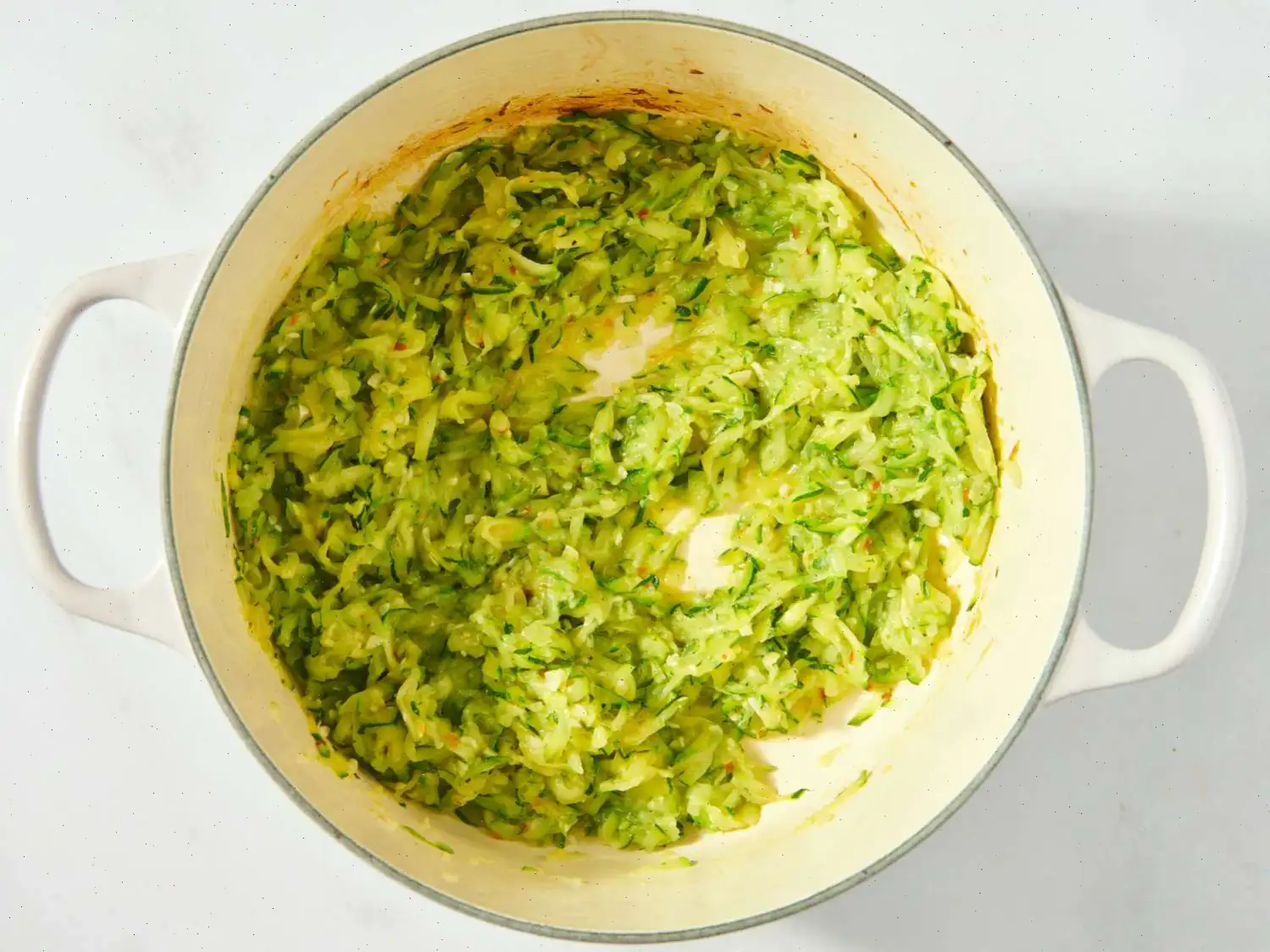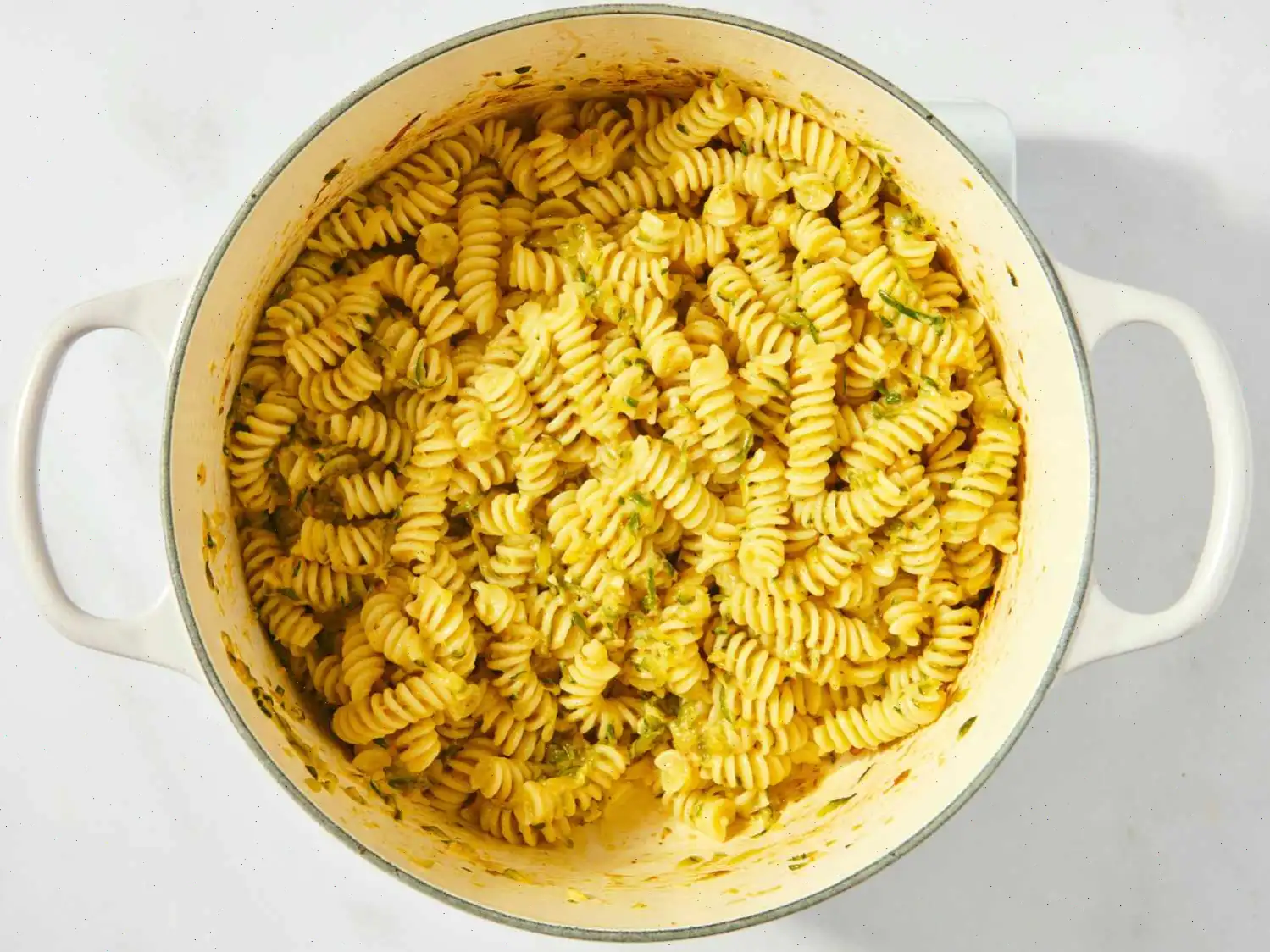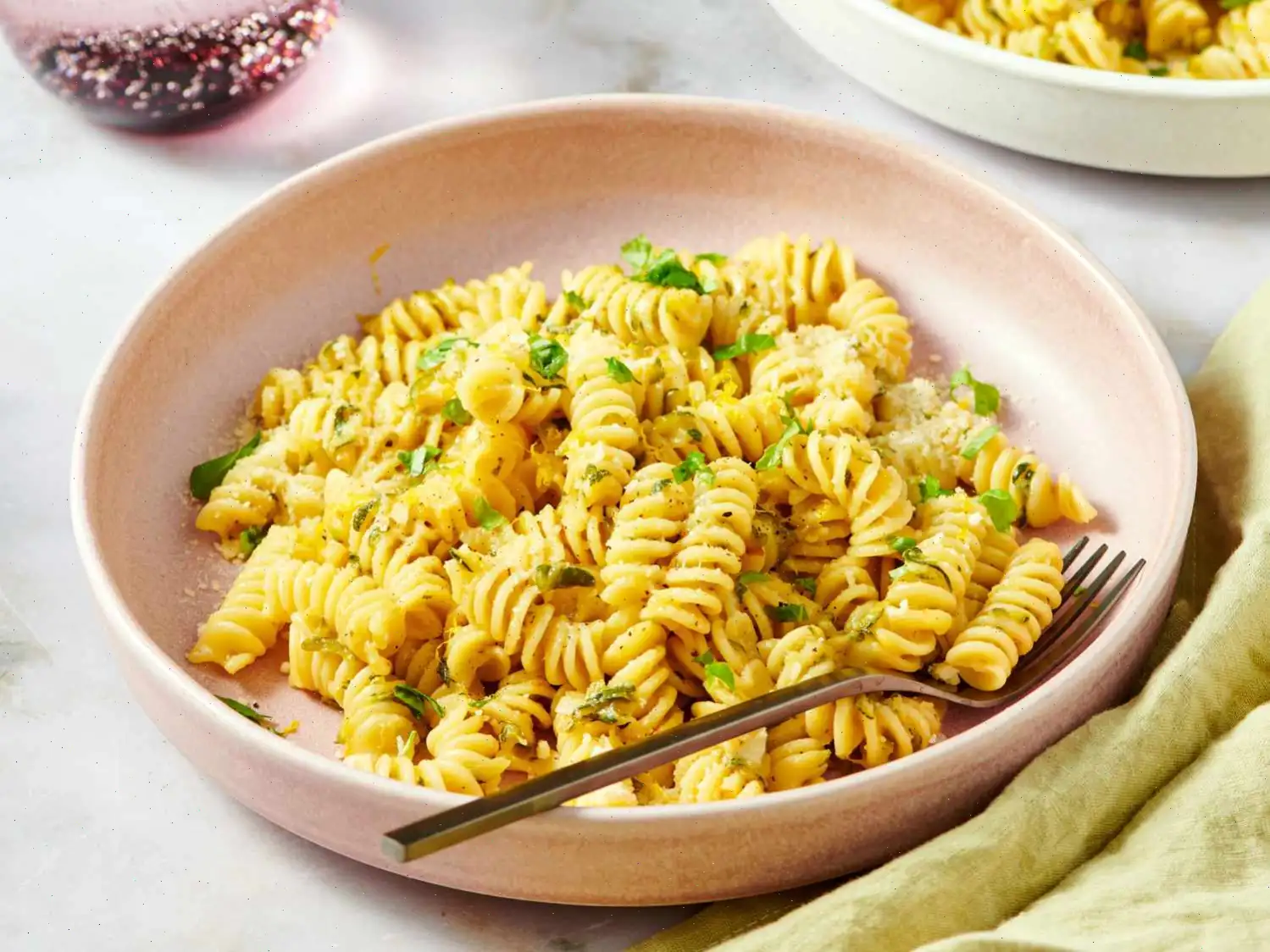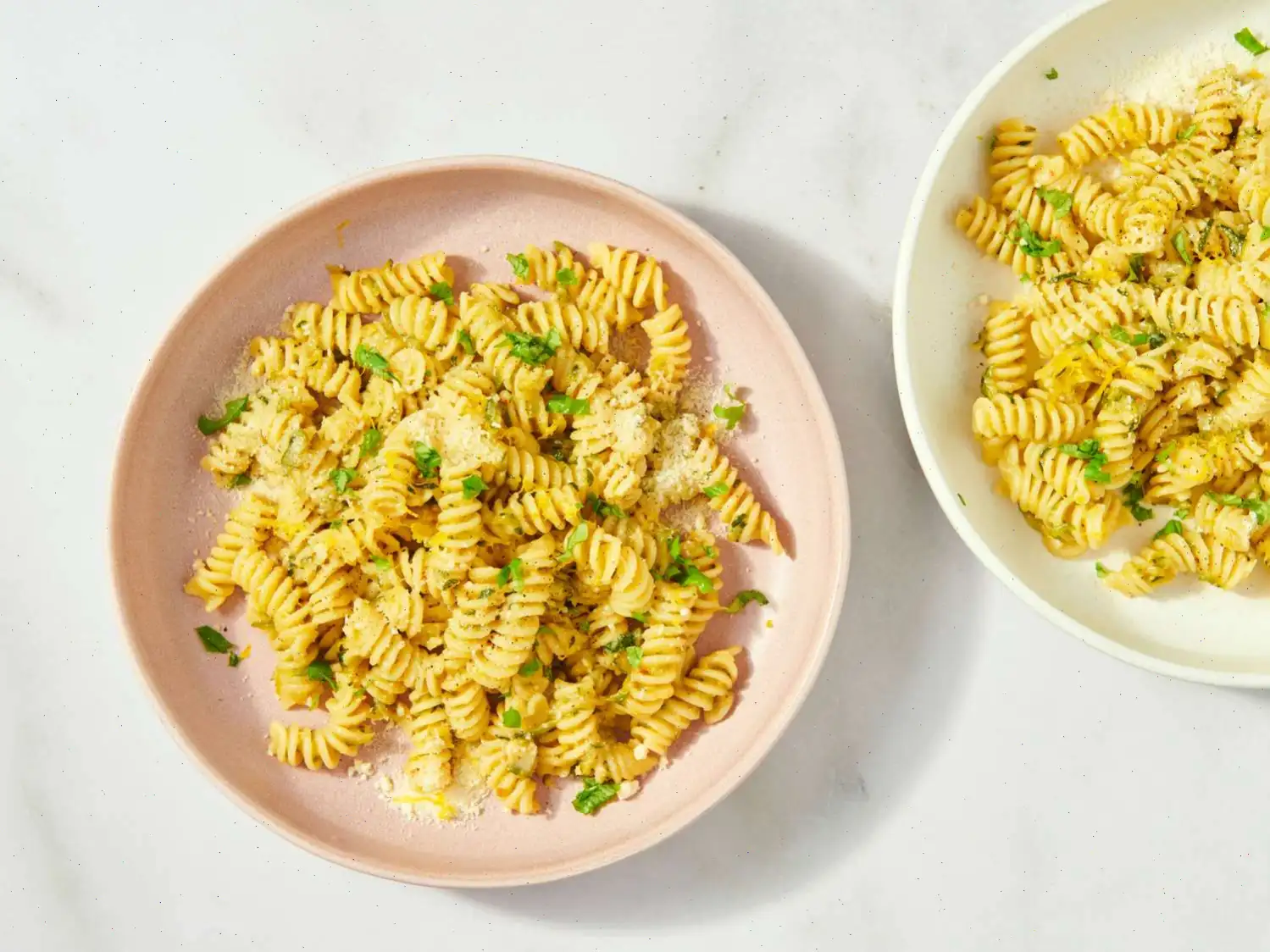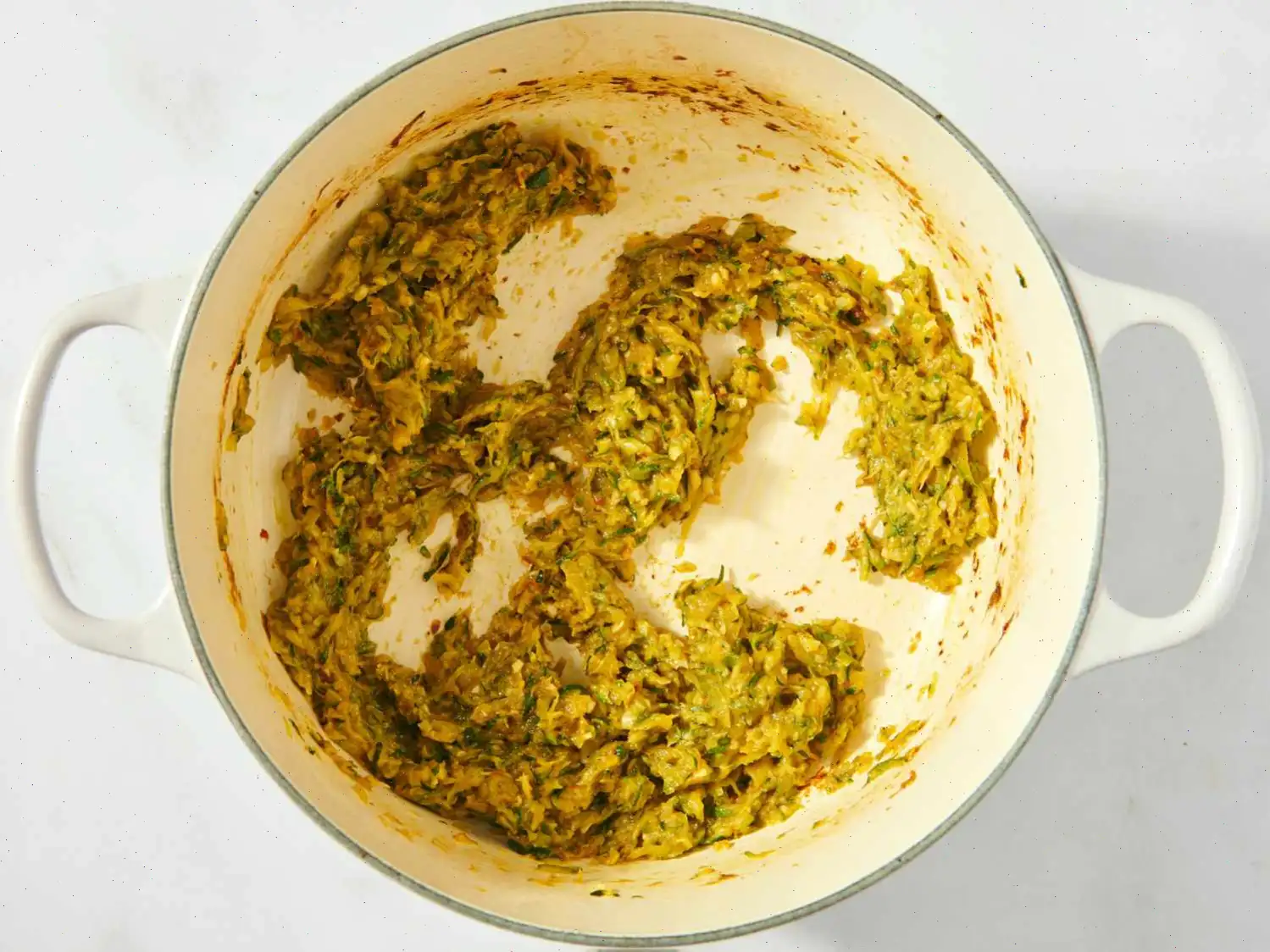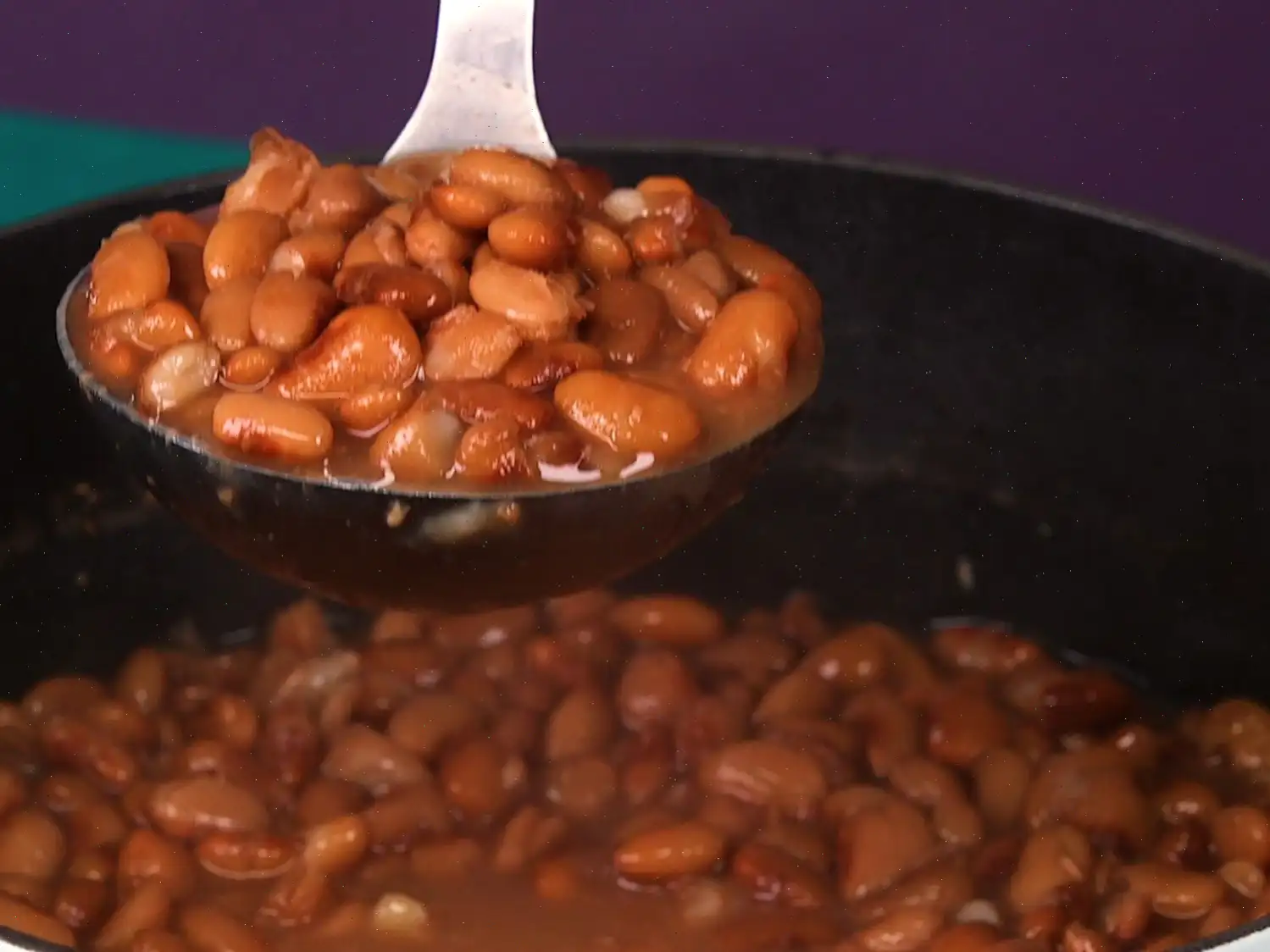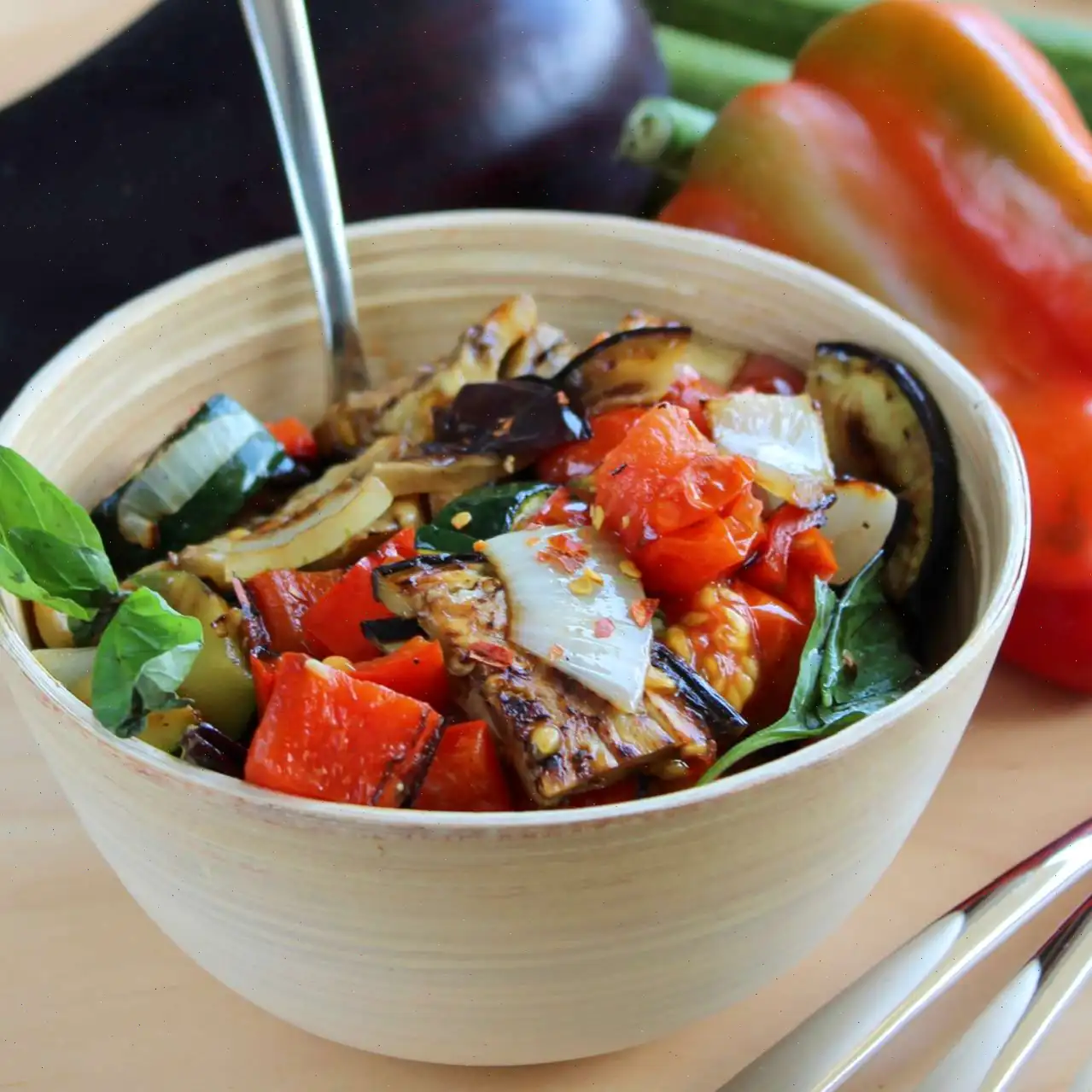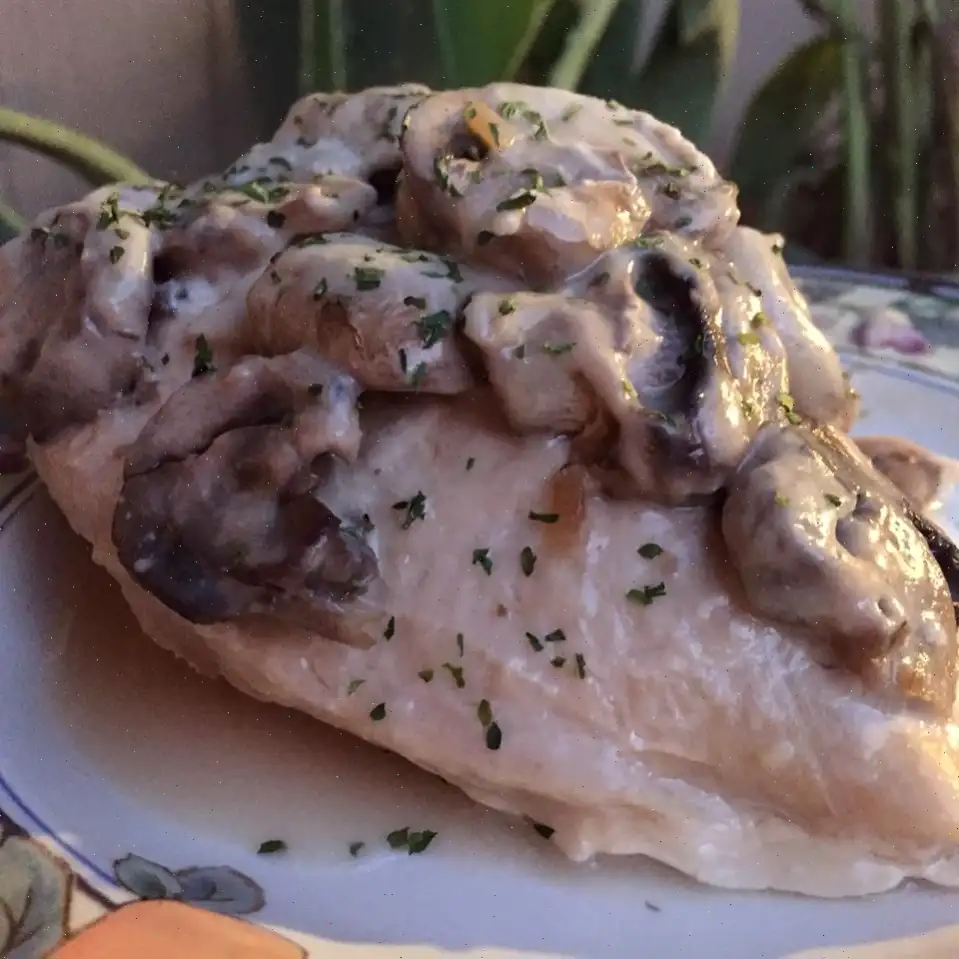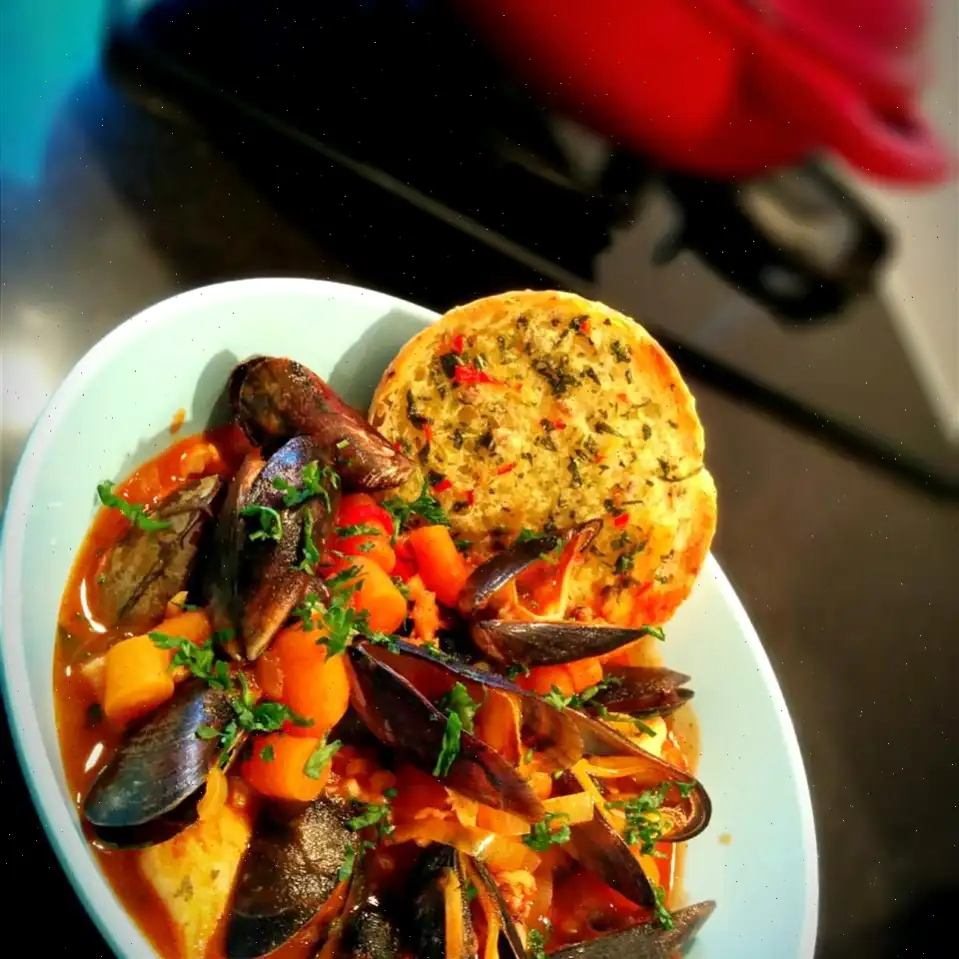
Caramelized Zucchini Pasta
Ingredients
- 3 tablespoons olive oil
- 4 garlic cloves, minced
- 1/4 teaspoon red pepper flakes
- 1 1/2 pounds zucchini, trimmed and grated on the large holes of a box grater
- Salt and freshly cracked black pepper, to taste
- 1 pound curly or tube-shaped pasta, such as fusilli or rigatoni
- 1/2 cup finely grated Parmesan cheese or Pecorino, plus more for serving
- 1 tablespoon cold butter (optional)
- Lemon zest (optional)
- Fresh basil (optional)
Directions
Step 1: Gather all the ingredients to ensure you're ready to start cooking.
Step 2: Heat olive oil in a large cast iron skillet or heavy-bottomed Dutch oven over medium heat. Once warm, add the minced garlic and red pepper flakes, stirring for about 1 minute until fragrant.
Step 3: Add the grated zucchini to the skillet, seasoning it with 1 teaspoon of salt and freshly cracked black pepper. If needed, add zucchini in batches to avoid overcrowding the pan.
Step 4: Stir the zucchini occasionally for 5 to 10 minutes until it softens and releases its liquid. Continue cooking for an additional 10 to 15 minutes until most of the liquid evaporates and the zucchini begins to brown and caramelize.
Step 5: While the zucchini cooks, bring a large pot of salted water to a boil. Add the pasta and cook it for 1 to 2 minutes less than the package instructions for al dente texture. Reserve 1 cup of pasta water before draining the pasta. Set aside.
Step 6: Turn the heat under the skillet to medium-low. Continue stirring the zucchini frequently as it caramelizes. If it starts to stick to the pan, loosen it by adding a bit more olive oil or a few tablespoons of water. Use a wooden spoon to scrape up any browned bits from the bottom of the pan. The zucchini is ready when it clumps together and becomes darkened in color.
Step 7: Once the zucchini is perfectly caramelized, lower the heat to low. Add the cooked pasta to the skillet, followed by about 1/2 cup of the reserved pasta water. Stir to combine the pasta with the zucchini.
Step 8: Slowly add the cheese, stirring continuously to incorporate it into the mixture. If the sauce becomes too thick, add more pasta water to achieve the desired consistency.
Step 9: For extra creaminess, stir in 1 tablespoon of cold butter until the sauce becomes glossy and smooth. Season the dish with salt and pepper to taste.
Step 10: Serve the pasta topped with additional grated cheese, a sprinkle of freshly cracked black pepper, lemon zest, and freshly chopped basil, if desired.
Nutrition Facts
Servings per Recipe: 4
| Nutrition | Per Serving |
|---|---|
| Calories | 378 |
| Total Fat | 18g (23% DV) |
| Saturated Fat | 5g (27% DV) |
| Cholesterol | 18mg (6% DV) |
| Sodium | 329mg (14% DV) |
| Total Carbohydrate | 43g (16% DV) |
| Dietary Fiber | 4g (14% DV) |
| Total Sugars | 4g |
| Protein | 12g (25% DV) |
| Vitamin C | 25mg (28% DV) |
| Calcium | 154mg (12% DV) |
| Iron | 2mg (13% DV) |
| Potassium | 540mg (11% DV) |
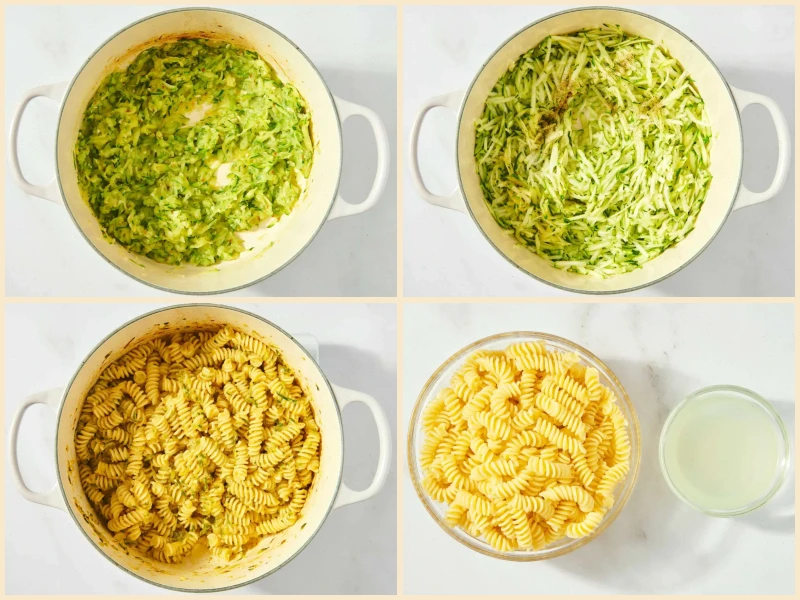
The Story Behind Caramelized Zucchini Pasta
Caramelized Zucchini Pasta is a modern take on classic Italian vegetable pasta dishes. While pasta with fresh vegetables has long been a staple in Italian cuisine, the method of caramelizing zucchini to create a naturally sweet and deeply flavored sauce emerged more recently, influenced by contemporary American cooking trends that emphasize vegetable-forward dishes. This recipe exemplifies the fusion of Italian techniques with seasonal, locally sourced produce.
Regional Variations and Characteristics
Although zucchini is widely used in Mediterranean cuisine, caramelized zucchini pasta has gained popularity in the United States, particularly in regions with abundant summer zucchini harvests, such as California and the Midwest. In Italy, similar dishes might use sauted zucchini or squash but rarely involve the slow caramelization process, which intensifies the natural sugars and results in a creamy, slightly nutty flavor. Regional adaptations often include local cheeses, such as Pecorino in central Italy or Parmesan in the U.S., and herbs like basil or thyme depending on availability.
How It Differs from Similar Dishes
Unlike standard pasta primavera or simple zucchini sauts, caramelized zucchini pasta stands out because the zucchini itself forms a sauce. The process of cooking the zucchini slowly until it releases its juices, reduces, and browns creates a rich, velvety coating for the pasta. This technique distinguishes it from dishes where zucchini remains crisp or is simply mixed with olive oil and garlic. The inclusion of starchy pasta water and cheese integrates the zucchini into a creamy texture, making it more of a sauce than a side vegetable.
Typical Serving Occasions
This pasta is versatile and can be served as a main course or a hearty side dish. It is especially popular for light summer dinners or as part of a vegetable-forward menu at casual gatherings. Restaurants in farm-to-table or Italian-American settings often feature it as a seasonal special, highlighting locally sourced zucchini and fresh herbs. Home cooks enjoy it for its simplicity, requiring minimal ingredients yet delivering a sophisticated flavor profile.
Interesting Facts
- Zucchini, originally cultivated in the Americas, was integrated into Italian cuisine only in the 19th century, yet it quickly became a staple for summer dishes.
- Caramelization enhances the natural sweetness of zucchini, a process often reserved for root vegetables and meats, making this preparation unique among pasta dishes.
- Using pasta water to create the sauce is a traditional Italian technique, emphasizing resourcefulness and the blending of starches and flavors for a creamy consistency.
- Optional additions such as lemon zest or fresh basil add aromatic complexity, showing how small ingredients can elevate a simple vegetable pasta.
- Despite its simplicity, this dish has been featured in numerous cooking magazines and online platforms as a quintessential example of summer comfort pasta.
You can listen to this recipe in AI audio format. Simply click the play button below to listen to the content in a format that suits you best. It’s a great way to absorb information on the go!


